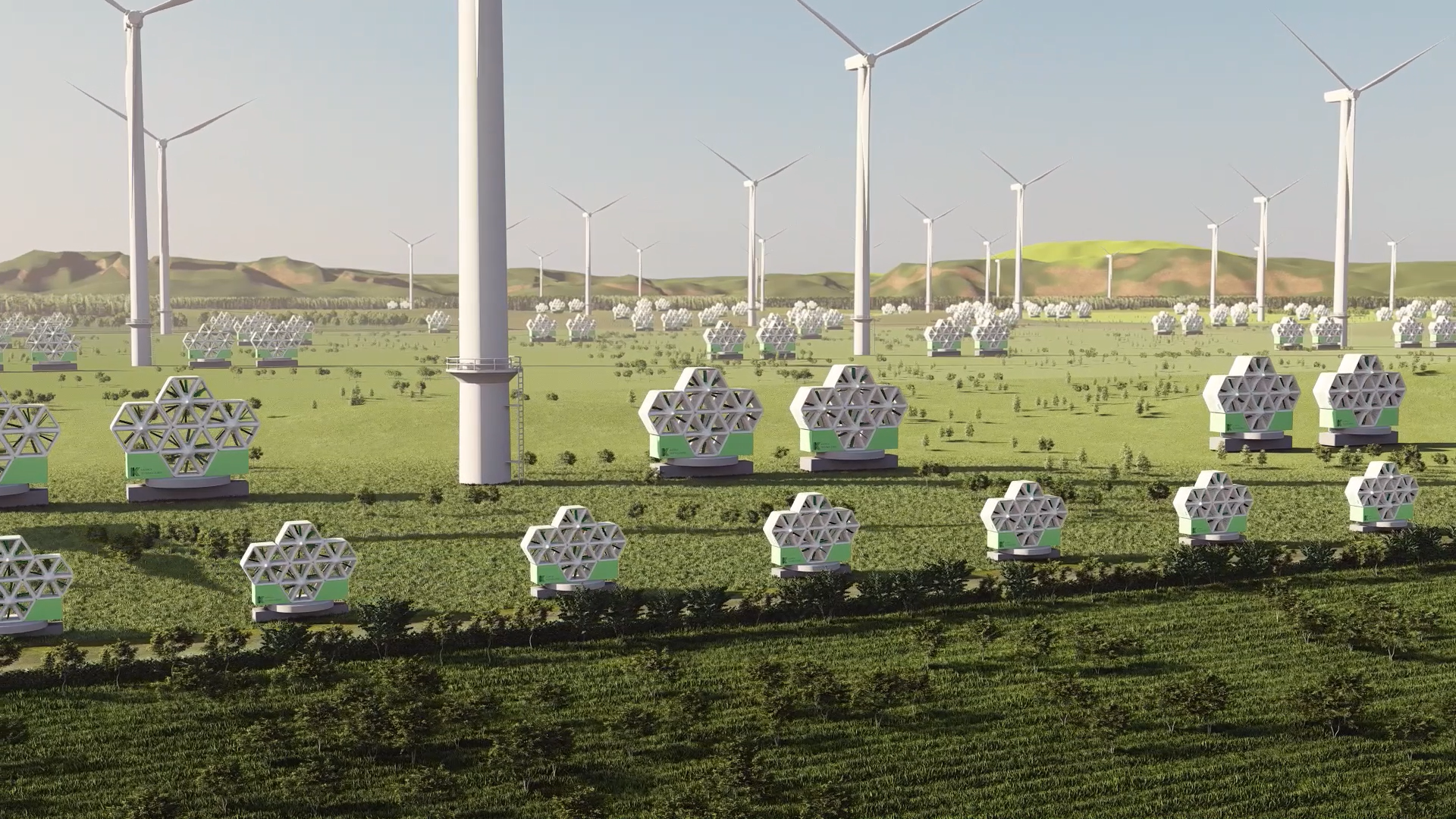What would Earth look like by 2050?
Countdown to investing in green tech
In December 2019, the European Commission signed a strategy to achieve EU climate neutrality by 2050, the European Green Deal. A lot was promised, but what will happen if we do not get there on time? Here our CEO, Vijay Madlani, imagines how the Earth will look by 2050 if we do not succeed in the energy transition.
The goal of the European agreement is that while tackling the existential threat of climate change, the EU will pursue economic growth in ways that enhance people’s well-being. However, the lack of compromise and commitment to renewable energies could make us miss the deadline and consequently endanger our future.
What’s at stake
The climate crisis holds many hazards: blistering heatwaves, wildfires, droughts, floods and extreme weather events. According to World Wildlife, the world is already 1.1°C hotter than it was between 1850 and 1900 in the pre-industrial era. If we keep our social and economic development linked with the exploitation of fossil fuel resources, it will lead to a rise in sea levels of two metres and a rise of the temperature of 4.4°C by the end of this century. To avert catastrophic health impacts and prevent millions of deaths by 2050, the world must limit temperature rise to 1.5°C.
The UN stated that one million plant and animal species are at risk of extinction. The lack of biodiversity and soil health is likely to deteriorate further due to intensive cropping, pollution by biocides and salinisation. In a few decades, we could lose our ecological uniqueness and our planet will be less suitable to support diverse life.
A study by the University of Exeter also foresees that the quality of the air will worsen, clogged with particulate pollution, increasing and aggravating respiratory diseases. When storms and heat waves overlap and cluster, intensified surface ozone levels will make it dangerous to go outside without protection. Moreover, the polluted air will transform into acid rain, deteriorating crops and wreaking havoc on food supply.
The silver bullet
One of the highlights of COP28 was signalling the beginning of the end of the fossil fuel era by laying the ground for a swift transition into renewable energies, underpinned by deep emissions cuts and scaled-up finance. Now more than ever it’s critical for our leaders to support the energy transition.
Transitioning to low-carbon economies will be key to reversing the damaging effects of climate change. While technology can drive decarbonisation, governments may not yet have the right policies and investment strategies in place to scale that technology to meet net-zero promises. It is expected that only electric vehicles, lighting, and solar photovoltaics are on track to meet the 2050 plan.
The trajectory for wind power is ambitious yet promising, as it holds the potential to satisfy more than a third of the world's electricity. However, achieving this milestone demands a substantial escalation in installations, as wind power capacity must reach 6000 gigawatts — that’s ten times the current level — by 2050.
But where do we put all these extra wind farms? Their locations will need to be carefully chosen to maximise their energy output while ensuring minimum impact on the environment. There are numerous constraints, from ensuring adequate wind speed for turbines to turn, to location-specific challenges such as avoiding shipping lanes and marine protected areas and seabed conditions that are difficult to build on.
Route to renewal
Katrick Technologies has developed a groundbreaking form of wind energy generation that diverges from traditional wind turbines. Instead of relying on rotations, its hexagonal Wind Panel uses oscillating aerofoils to capture wind energy from low-level turbulent and gust winds. This technology converts wind into mechanical vibrations which are then used to generate green energy.
With a modular and flexible design, the Wind Panels could be installed in a wide range of environments, from private homes to international airports. This innovation offers an affordable, low-maintenance solution to renewable energy generation for greater independence without taking up large areas of land or requiring construction.
The European Union's commitment to fostering economic growth is tied to the imperative for investment in innovative businesses. By redirecting resources towards companies that prioritise eco-friendly practices and renewable energy sources, the EU can bolster economic expansion while mitigating environmental degradation. Embracing initiatives such as green technology startups, sustainable infrastructure projects, and circular economy models not only spurs job creation and enhances competitiveness but also aligns with the EU's broader objectives of achieving carbon neutrality.




